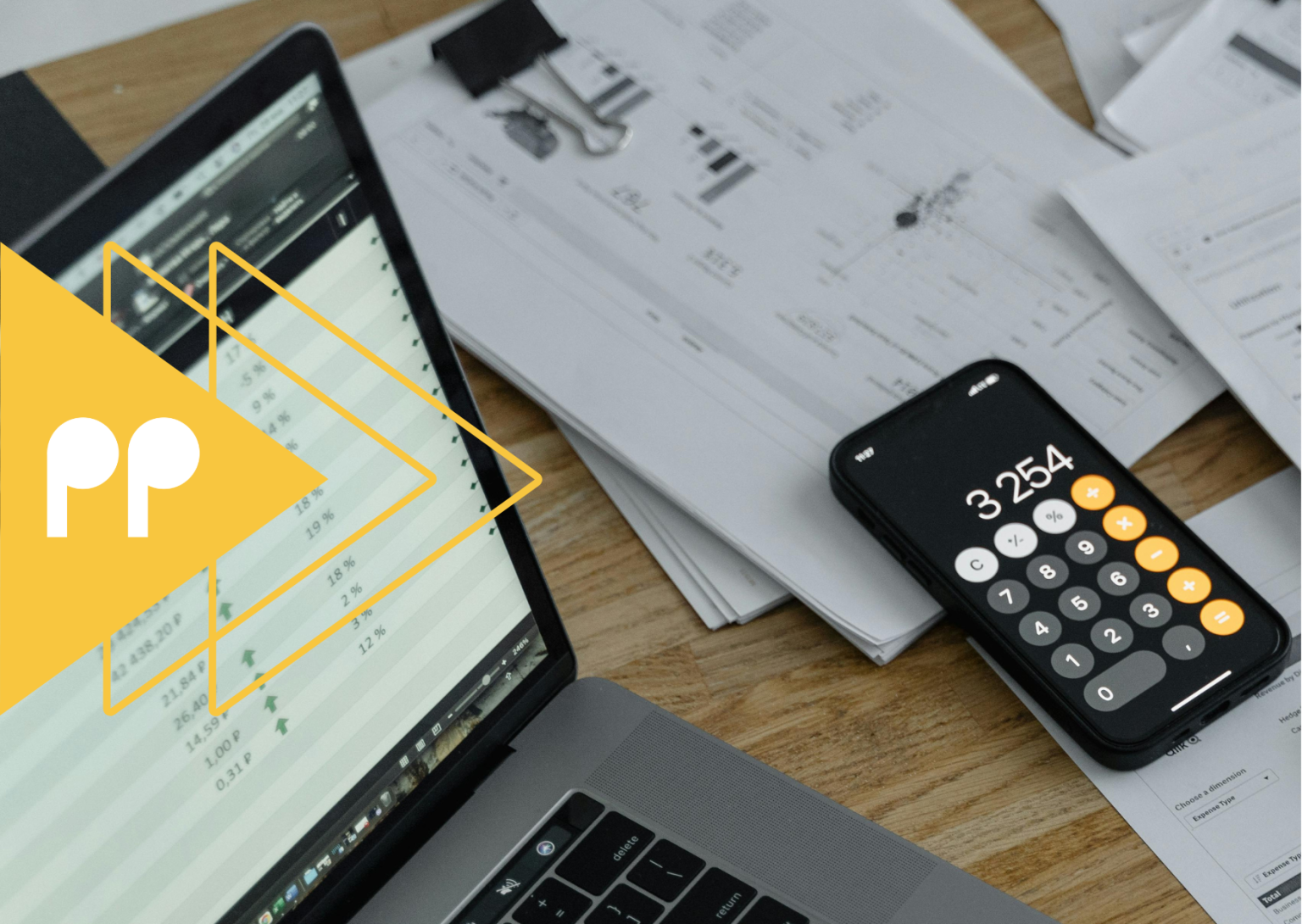Data-driven strategies have become indispensable for political parties to understand their constituents, tailor their messaging, and maximise their impact. However, for small political parties and those with limited financial and human resources, diving into data analytics can seem daunting, if not outright unattainable. Yet, even with tight budgets, there are ways for parties to harness the power of data to enhance their operations and outreach.
With creativity, resourcefulness, and strategic planning, even small parties can unlock the transformative potential of data-driven strategies. Below are five ways for political parties to leverage data effectively without breaking the bank.
Cost-Effective Data Gathering and Analysis
- Get to know your membership
There is a great value in collecting data on your membership and plenty of free or cheap resources to help you do that. For example, you can conduct regular membership surveys with a simple Google form or with Microsoft 365 tools. You can gather some data about new members within the membership application forms. Many types of information about your members can be useful, but the most important ones are demographics, interests, expertise, political ambition and engagement levels. This grassroots approach provides valuable insights into your core supporters, thus allowing parties to tailor the membership experience to both the member‘s and the party’s needs. Parties can then plan activities, capacity-building and even election lists accordingly.
- Dive deeper into social media
Using social media platforms to engage with citizens and amplify your party’s message is standard nowadays, but you can take it to the next level with deeper exploration of social media data. All social media have analytic tools that can help your party understand followers’ demographics, engagement metrics, and content performance. To learn more about this, use free online tutorials and insights from social media influencers. These are easy to find and use to refine your party’s social media strategy and make data-driven outreach decisions without hefty costs.
- Create long-term canvassing strategies
In addition to exploring voting preferences or stances on burning issues, you can map out member demographics and gather insights through targeted interviews, while conducting door-to-door canvassing. Integrating data collection into your grassroots canvassing activities will help your party gain deeper insights into voter behaviour and obtain valuable feedback for shaping future strategies. Create yearly and quarterly canvassing plans to explore key issues, but also use them to collect voter data by designing appropriate political canvassing scripts. Bit by bit, you might be able to create sheets with valuable voter data without hiring a company.
- Invest in training and capacity building
Data specialists are well-paid employees in the corporate sector, and parties (especially small ones) usually cannot afford them. What they can do, however, is find data enthusiasts within their membership and staff, and invest in their training and development. In addition to trying to enhance other skills required for political activists, parties should focus on building capacity in data analysis, communication, and member engagement. In this way, they can empower members and employees with the skills and knowledge necessary to utilise member data effectively. Seek out low-cost or free training opportunities from political foundations, sister parties, civil society organisations, international party networks or online platforms. By investing in internal talent development, parties can strengthen their data analysis capabilities without straining their budgets.
- Forge collaborative partnerships
Every party should have a partnership strategy and an international officer. The task of the international officer is, amongst other things, to strategise with the party leadership on what kind of like-minded parties they could partner with. Forming strategic partnerships with sister parties or allied organisations is great for leveraging collective resources and expertise. When done properly, parties can also begin to collaborate on data analysis initiatives, share insights, pool resources and explore innovative approaches to member engagement. Learn from each other and help each other in harnessing data the best way possible.
Prioritising data security and privacy
While working with limited resources, it is still crucial for political parties to ensure data security and privacy. Utilising secure data storage solutions, implementing basic encryption measures, and adhering to data protection regulations ensures that valuable information remains safeguarded against unauthorised access or breaches. Additionally, establishing transparent and consensual data handling practices fosters trust among constituents and protects the party from potential legal liabilities.
Fundraising for a sustainable data-driven approach
While the above-mentioned tactics are a good start, if you want to grow your party’s influence, ultimately, you will need to do more. As the saying goes, “knowledge is power,” and in politics, data is the key to unlocking that power. So, it is crucial for parties to allocate a portion of their fundraising efforts to support long-term, comprehensive data-driven approaches. By doing so, parties can gain invaluable insights into constituents, tailor messaging effectively, thrive in elections, and maximise their impact.
Investing in data isn’t just an option; it’s a strategic necessity for parties aiming to grow, adapt, and succeed. Operating in politics without data analysis severely restricts a party’s ability to navigate and govern. It would be like diving without goggles.

